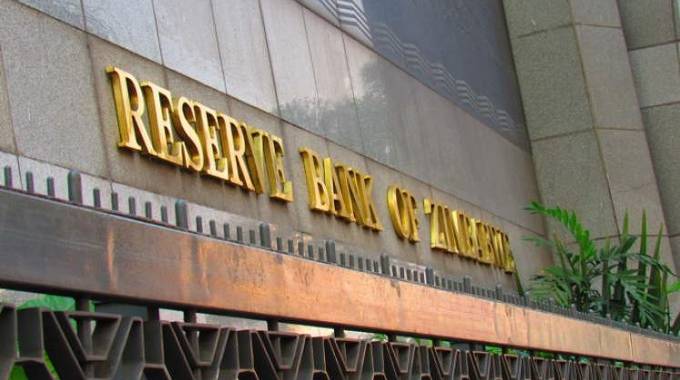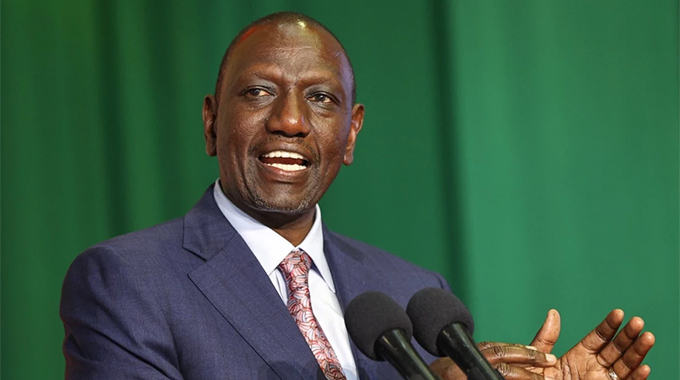Inxwala: National regeneration, loyalty to the King, linking with God

Pathisa Nyathi
INXWALA, in its dual manifestation as Inxwala enkulu and Inxwala encane served as the iconography for political aggrandisement and symbolic legitimisation of the kings’ and chiefs’ governments. These two authorities viewed themselves as intermediaries between their followers and the ancestral spirits, and in the final analysis, God.
Royal and chiefly authority were expressed in celestial metaphors. This is easy to see in royal praises of Ndebele kings. King Mzilikazi kaMatshobana was praised thus:
Ilang’ eliphum’ endlebeni yendlovu,
Laphum’ amakhwez’ abikelana.
This likened King Mzilikazi with the sun whose emergence was acknowledged by smaller stars. He was also praised in reference to the moon:
Inyang’ abath’ ifil’ uZulu,
Kant’ ithwasile,
Ithwase ngoNyokana kaMpeyana,
The Zulu thought King Mzilikazi was like a ‘‘dead’’ moon,
Albeit he is like a new moon.
One whose rise was borne by his routing of Nyoka,
The son of Mpeyana (he killed him).
Celestial bodies govern time through their movement in the firmament. To say ‘‘ilanga selitshonile’’ is to say the sun has set. Expressions such as ‘‘selimathunzi,’’ ‘‘selingomtsha wendoda,’’ “selibantu bahle’’ all refer to the sun which is a celestial clock.
Thus when a solar eclipse occurred during Inxwala celebrations that were cause for grave concern and panic. Indeed, that did take place in 1824 when King Shaka and his people were celebrating Inxwala. In their minds, the evil spirits were devouring the sun. This was perceived as a bad omen for the king. However, King Shaka did not panic. He proceeded to use requisite medicines in a calm manner and indeed the sun reappeared.
A similar bad omen occurred in 1849 when King Mpande’s regiment terribly. His soldiers mutinied and fled to Swaziland. King Mpande, in panic, lamented, “See, the sun is broken in the middle, so am I. I am broken and done.” His behaviour reflected the belief that a king’s destiny is linked to that of the sun. The sun has potency which the king symbolically taps into. To him and his people its arrival brings good fortune for, if the night endured, life would cease. There is thus reason to celebrate the emergence of the sun with its brightness and warmth. No wonder some African rituals are conducted very early in the morning, emathathakusa/empondozankomo, rather than at sunset or soon thereafter.
The moon too is a measure of time, its passage and duration. The months are lunar months, thirteen of them constituting an African year.
Inxwala enkulu came a lunar month after the conduct of Inxwala encane on the day of the new moon. The timing expressed the reason behind the holding of the ceremonies. A new moon symbolises regeneration, rebirth and revitalisation. The condition of the State and nation were tied to that of the moon at the emergence of a crescent moon.
A moon’s movement is tied to the passage of life. The stages are birth (emergence of a new moon), growth (waxing of the moon), decay (waning of the moon), and death (when the moon does not appear in the sky. This is the time when the king senses vulnerability to forces of evil and draws into seclusion till a new moon emerges. Full moon is maximum potency and is ideal for the timing of the holding of rituals aimed at the regeneration and renewal of both State and nation.
The king embodied lunar mystery. As long as medicines were properly administered, he remained responsible for the germination, growth and maturity of crops. Hence it was the king who consecrated the first fruits — products of his symbolic spiritual intervention. It was the king who presided over the death of a new season and the welcoming of a new one known as ukunyathela. The Inxwala ceremony, in particular the sampling and tasting of new crops was known as ukuluma, to bite or dolo qina, “knee be strong.” There was a belief that if ukuchinsa was not done, crops weakened one’s body. “The king grows with the moon,” say the Swazi.
The crescent moon and what it symbolises get expressed when the king emerges out of a hut where he was in seclusion. Those who welcome the king position themselves in a crescent formation.
Later, as the king emerges and they welcome him, they execute a full circle which symbolises a full moon that has waxed to fullness and is now endowed with maximum potency.
Equally expressing the same idea is when the king squirts at the rising sun, which he faces, standing on high ground. A sun rises after and marks the end of night which does not hold hope for life. Regeneration and hope for new life are symbolised by the rising sun, as if it is a new sun different from the one that set the previous evening. Part of Ndebele political philosophy says, “no sun rises before the other has set,” “kaliphumi elinye lingakatshoni.” It is a philosophical statement that seeks to legitimise a current regime and keep it in power in perpetuity.
The concoction that the king ingests includes new crops (fruits). The idea of newness is expressed through consumption of the first fruits.
Rebirth, newness and regeneration are pervasive. These provide the essence of the ceremonies and rituals-regeneration of the state and nation.
So far we have given some rendition of the cosmological significance behind cultural practices and rituals performed during Inxwala ceremony. As we end, we give some mechanical rendition of what happens during the main Inxwala.
Emergence from a hut of seclusion had its own symbolic meaning. The king was moving from a site of maximum vulnerability and minimum potency to one of a new site characterised by least vulnerability and maximum royal potency. King Cetshwayo was, in 1979, observed emerging out of a hut adorned in green reeds. He was reminiscent of a tree. Reeds, by virtue of their enduring green colour and rootedness in a watery environment, symbolise eternity. When some grasses wither and die, reeds continue to draw water from below the river bed. The Reed Dance of the Swati is a ceremony that centres regeneration and rebirth.
The king emerged carrying a spear which he thrust at the sun. The symbolism of the sun has been given. What significance is attached to the spear? It was men who held spears and not women. The spear symbolises masculinity and is a metaphor for a man’s penis. The perception is that a king’s power resides in his sexual organs. So, let the king acquire power from the sun and, in the process empowers, himself.
Usually a king was accompanied by some woman during the dance of Inxwala song. Africans acknowledged the rare power resident in women. Women are more natural than their male counterparts. They are linked, for example, with the moon through their menstrual cycles. Besides, they play a bigger role in the process of procreation. The senior Queen danced with the King during the singing of Inxwala song which, as pointed out in an earlier article, was never sung again during the intervening period. Since the departure of King Lobengula in 1893, the song has not been sung to this day. This was the time when all present sang from the same hymn book of national unity, common spirit and loyalty to the monarch. Song and dance expressed some esprit de corps. In togetherness the nation was regenerated and revived, annually.
At midday a black virile bull was killed by hand by soldiers. The bull’s vitality and virility were meant to be transferred to the king and, by extension, to the nation at large. The bones were meticulously collected, piled and burnt to ash. It was not just ash, but ash endowed with spirituality and potency. It was mixed with some herbs and administered to both king and his soldiers, the defenders of state and nation.
Ripened marrows, amakhomane, were then thrown by the king at soldiers who created some melee and pandemonium as they competed to get a share of the first fruits. It was a struggle for renewal and regeneration. All over the place there was the air of newness and revival.
Regeneration and rebirth were in the air. This is the story of Inxwala among the Ndebele.









Comments